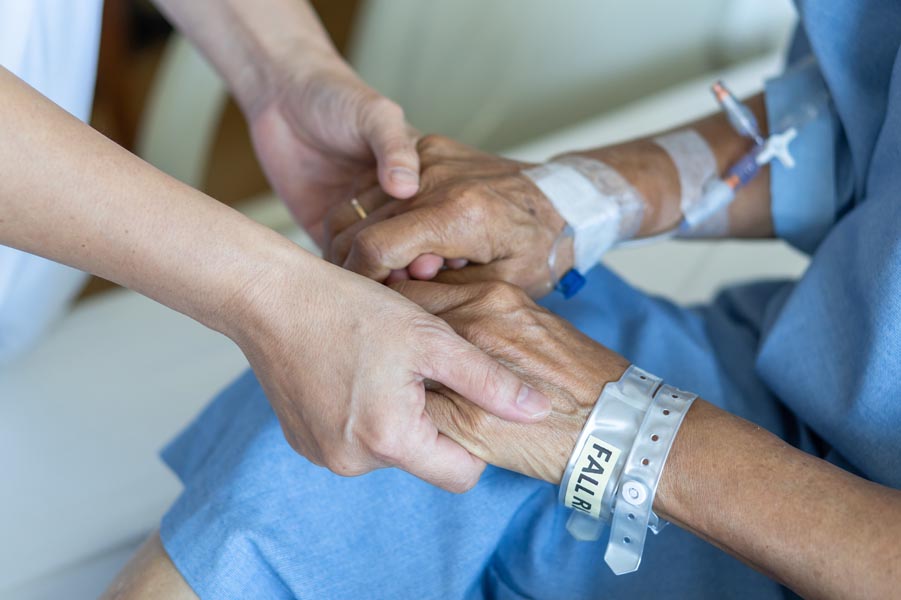
12 Oct How Does Age Impact Treatment Approaches? Tailoring Therapies Across the Lifespan
Healthcare isn’t one-size-fits-all, and age plays a major role in shaping the way treatments are designed and delivered. Whether it’s the resilience of youth, the stability of middle age, or the complexities of later life, age impacts how therapies work—and how the body responds.
Childhood and Adolescence – Treatments with Growth in Mind
Young bodies are still developing, so treatments are adapted to protect growth plates, avoid stunting development, and minimize lasting side effects. Dosing, method of delivery, and even choice of medication are carefully selected to ensure children and teens can recover safely while they continue to grow.
Adulthood – Focus on Effectiveness and Long-Term Health
In adulthood, the body generally recovers faster, but the treatment approach considers factors like lifestyle, career demands, and long-term health goals. Adults often seek efficient, minimally disruptive treatments that allow them to resume regular activities as quickly as possible.
- Example: Sports injuries are commonly treated with physical therapy and targeted pain management, enabling faster recovery with fewer long-term issues.
Aging and Elderly Years – Balancing Efficacy with Safety
As people age, the body’s resilience changes, and so does its response to treatment. Therapies for older adults prioritize safety, often opting for gentler, more conservative approaches that reduce risk to organs and consider potential interactions with other medications.
- In pain management, elderly patients may receive lower doses or alternative medications to reduce side effects and lower the risk of adverse reactions.
Conclusion
Effective healthcare is about more than just treating symptoms; it’s about optimizing recovery while protecting what matters most at each stage of life. Tailoring therapies based on age means each patient gets not just treatment, but thoughtful care—ensuring that health evolves in harmony with each phase of life.
